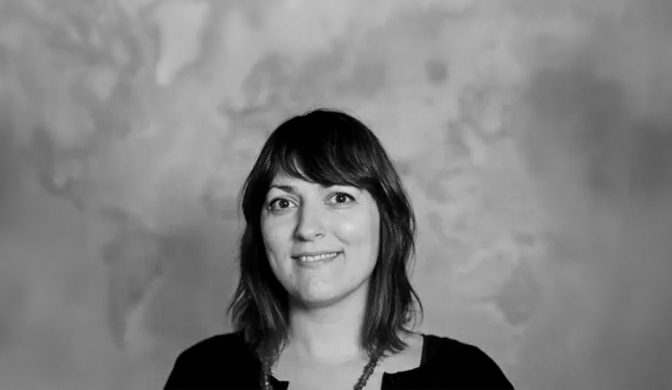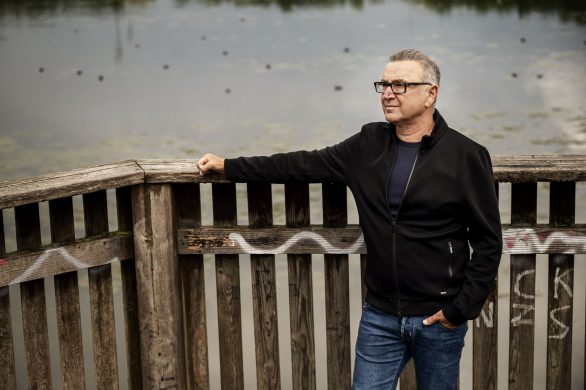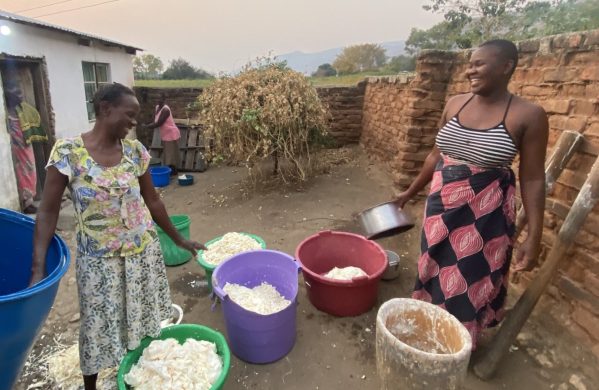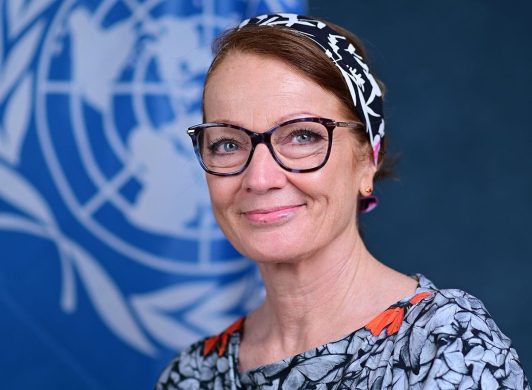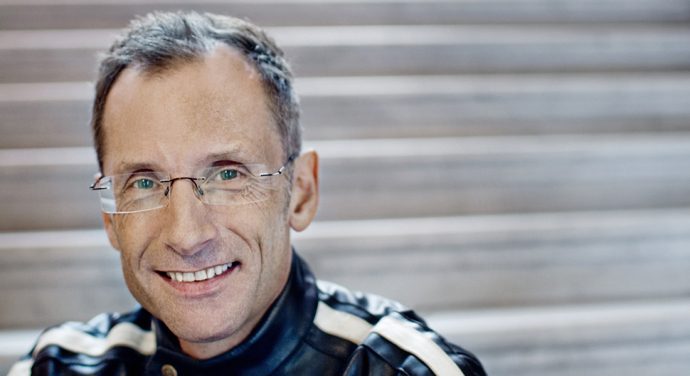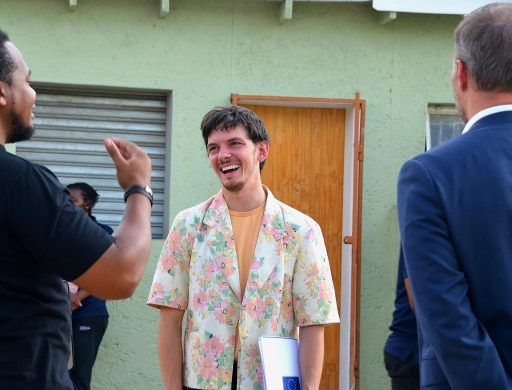Det er titlen på en ny rapport fra britiske “Overseas Development institute” (ODI), som gennemlyser, hvordan de dramatiske forandringer i bistanden siden 2000 er blevet håndteret af en stribe lande i Den 3. Verden – og de omfatter meget mere end Kinas og Indiens indtræden på bistandsscenen.
In 2000, there were few options available for developing countries to fund their development.
Finance from the so-called traditional donors – members of the OECD Development Assistance Committee (DAC) – accounted for the vast majority of available external funds.
Today, the aid landscape has changed dramatically.
The growth of other forms of development assistance has greatly outpaced that of traditional aid.
This include funding from non-DAC donors (such as China and India), climate finance funds, social impact investors, philanthropists and global vertical funds.
A new ‘age of choice’ of external financing options for developing countries is dawning, and it is set to challenge to primacy of traditional aid.
The report explores the challenges and opportunities faced by developing countries in managing development assistance in this new landscape.
It complements existing global studies by focusing particularly on the priorities and strategies employed by developing country governments in managing aid from both traditional and less-traditional providers.
The report draws on country case studies in Cambodia, Ethiopia and Zambia. The second phase of the project is underway including case studies in Ghana, Senegal, Timor-Leste (Øst-Timor), PNG (Papua NyGuinea) and Fiji.
Se mere om “The age of choice: how are developing countries managing the new aid landscape?” på http://www.odi.org.uk/publications/7345-aid-development-finance-china-brics
A book published by ODI; authors are Romilly Greenhill, Annalisa Prizzon, and Andrew Rogerson.



